The war report was shocking: 309 dead, more than 1,600 injured and approximately one hundred thousand people who lost their homes , and it is that many small towns around this wonderful city, which has seventy thousand inhabitants, were also seriously affected.
L’Aquila went to bed that night being one of the great treasures of Italy –a work of art that has not been seen in the media– and got up with much of its Renaissance and Baroque palaces in tatters, naked on the news. He went to bed with the dazzling brilliance of a unique, majestic city... And woke up with the need to rebuild , precisely as it happened in remote times: from the Middle Ages until almost the 18th century, it experienced similar situations.
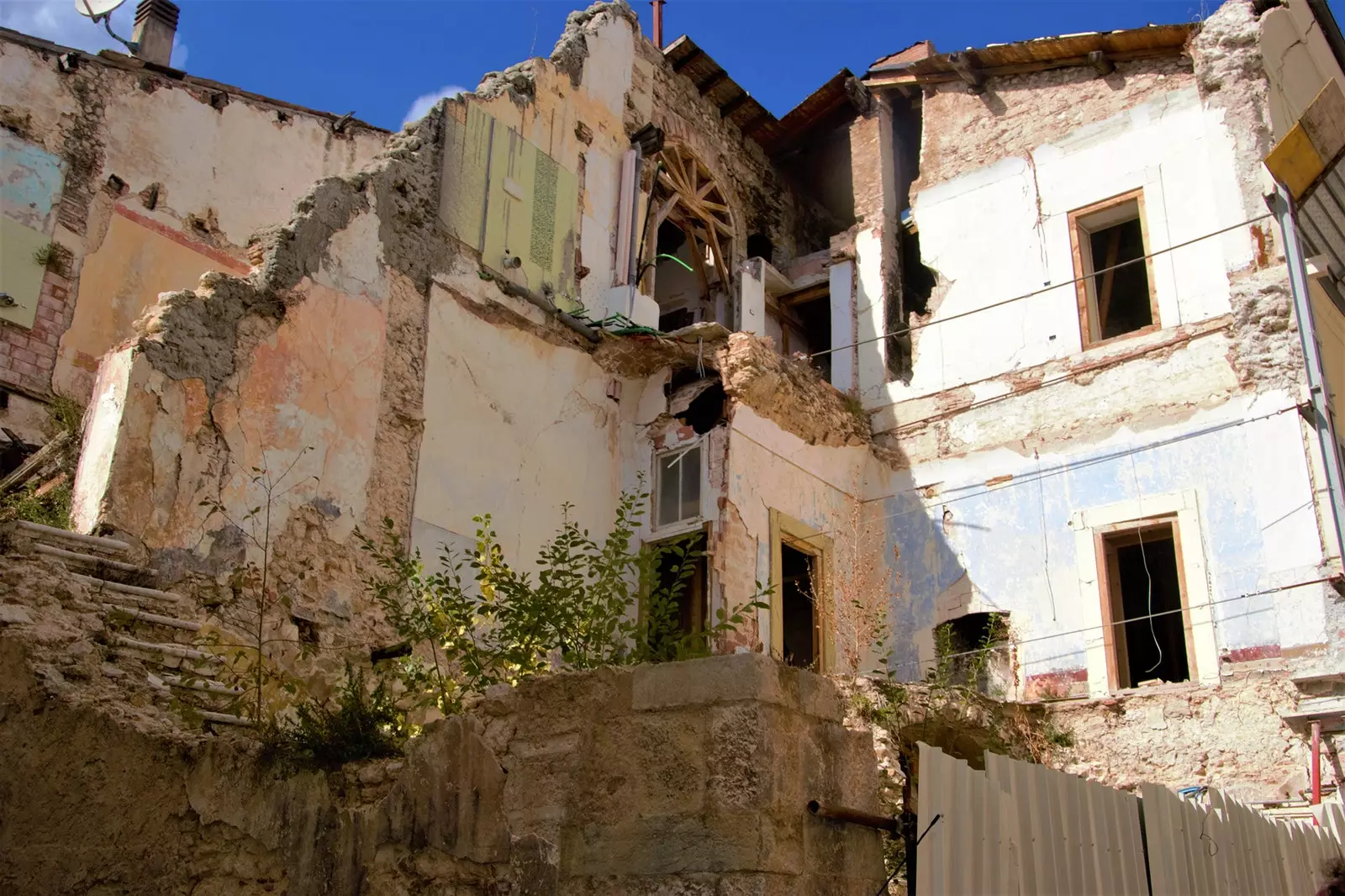
Buildings collapsed in the earthquake.
Thirteen years have passed since then and, although more than 50% of the city has been rebuilt, it does not go unnoticed by tourists that the great current postcard is a city besieged by scaffolding and cranes. A drone view, from the mountain Great Sasso that guards it, the Aquilana basin is a mass of gantry cranes built in steel or aluminum, made up of that elevated bridge with two supports at both ends forming an arch, which also moves on rails.
“It was utopian to think that everything would be rebuilt in a few years. We are talking about a city with a very vast historic center. Perhaps one of the largest in Europe. We have applied new technologies, at the forefront, to always ensure functionality, protection and security. Soon we will talk about it as one of the safest cities in Europe. In 2013, the external management of the State became internal, but the financing we receive from above makes it necessary to guarantee a security level of at least 60%," says Caterina di Clemente, an engineer who belongs to the Office of Specialization in reconstruction. A passionate about her land.
The reconstruction, however, was never without controversy. : The regional newspaper Il Centro has published on numerous occasions news about how the Anti-Mafia Prosecutor's Office has neutralized mafia infiltrations in the tenders for the award of works. In addition, in 2010 the Italian comedian and film director Sabina Guzzanti did not skimp on denouncing through her documentary film Draquila, the Italy that trembles a dark plot orchestrated by Guido Bertolasso (head of Civil Protection) and Silvio Berlusconi, then Prime Minister from the country.
The truth is that in a report published ten years after the tragedy, in a study carried out by the Impact Assessment Office of the Italian Senate, the spending figure had exceeded 17,000 million euros . An abnormal figure if one takes into account that, in addition, what was invested in 2020 and the recently extinguished 2021 must be added. Pandemic years, on the other hand.
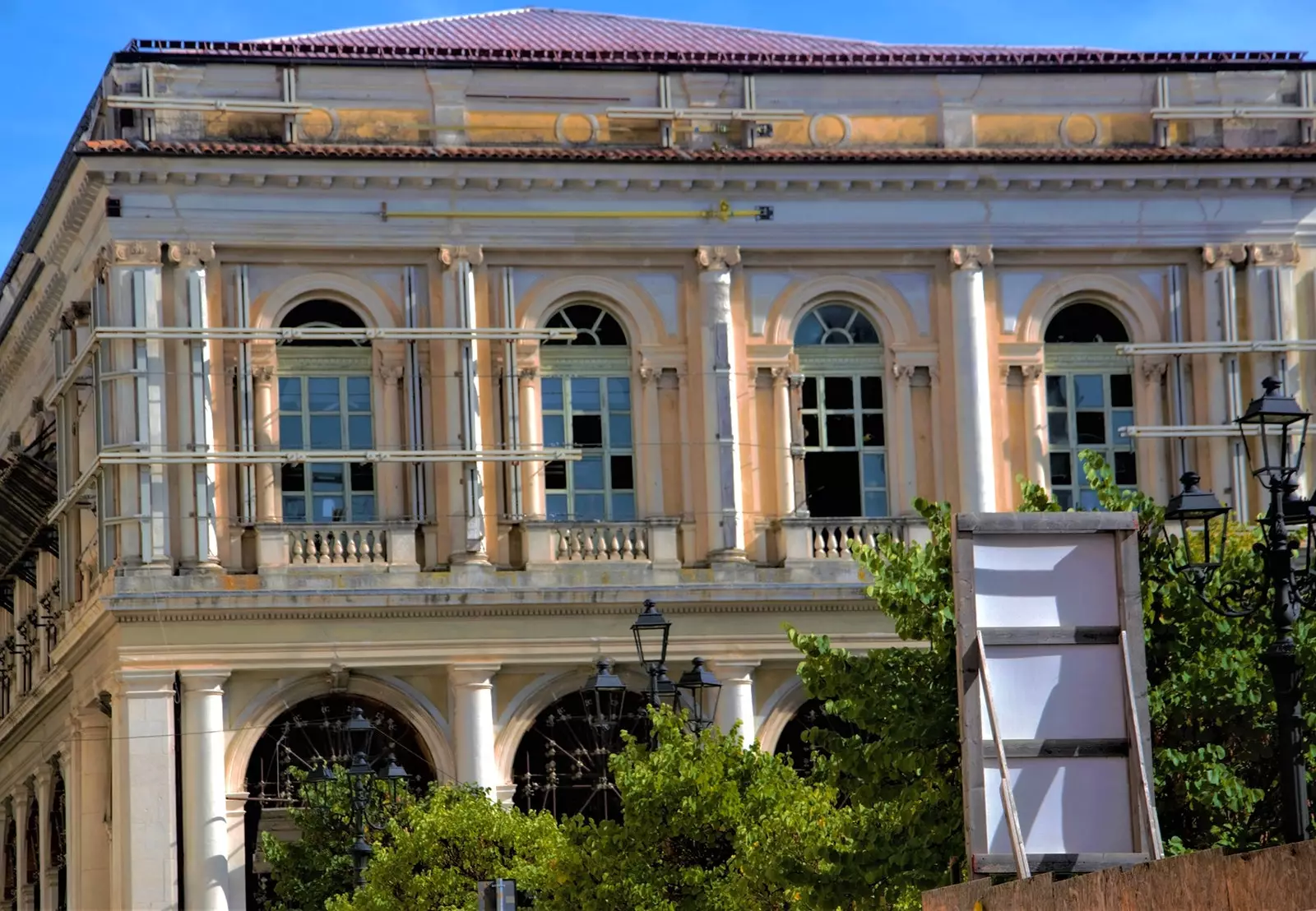
Reconstruction works in L'Aquila.
“The emergency to shelter so many people was enormous. I experienced it in my own flesh because I was born and always lived here”, points out the engineer, who presents extenuating circumstances. “Italy has never before had an earthquake in a provincial capital (not comparable with Amatrice). The truth is that everything was shattered and we are intervening from the base while trying to give continuity and respect the history of a city that sits on a medieval architrave, perhaps not sufficiently protected before 2009. Think that the Italian has no memory, and the cost of maintenance is very high.
Churchill always said that Italy faced a tragedy, a war, as if it were a football match. She is magical, but naive and immature. Also young.
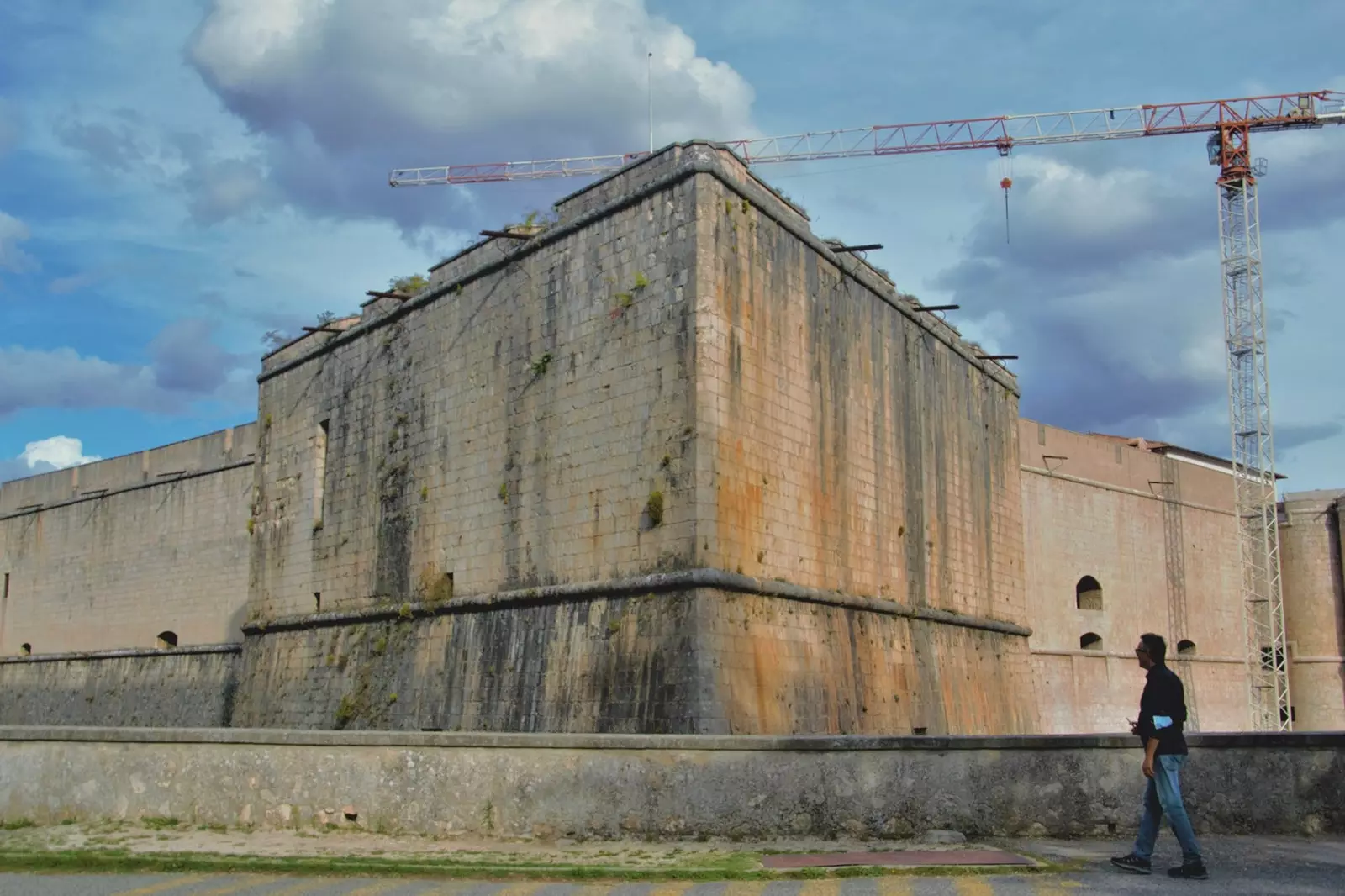
The Spanish Fort of L'Aquila.
HARD ACCESS
If change is impossible, knowledge is necessary. Penalized and authentic, L'Aquila is cloistered in the middle of a valley where the Aterno river passes and begins the ascent to Gran Sasso, an icon of the central Apennines, located at almost 3,000 meters above sea level. Until recently there were no good connections even from Rome by train or car. In addition, it does not have an airport.
To this is added that, according to historical sources, it was always prone to earthquakes. In fact, today it is the territory with the highest probability of the entire Italian peninsula. “We are resilient. On our shield there is a Latin phrase that translates to Stay motionless, unchanged, "he says. Di Clemente, while showing resignation by acknowledging that there will be more earthquakes and that they will not be seen coming , but also enthusiasm in the face of his important work – together with that of the Ministry of Culture – to safeguard a place where the terms beauty and safety, functionality and legality have always hardly coexisted.
Because yes, the topography of L'Aquila is the problem, but also its great virtue. There the clash of two tectonic plates coincides: the African with the Eurasian, but some of the most important events in the country's history have also been written there. Yes, in that mysterious swarm, hidden, so far away and at the same time so close to everything.
And it has some imposing medieval walls and perfectly intact. Perhaps the best preserved in Europe after those of Lucca. In addition, in it emerges the famous Forte Spagnolo, a castle that the Spanish occupation of southern Italy built as a bastion. It was used by the French in the 19th century and by the German army during World War II. And if that was not enough, can brag about the Fountain of 99 cannelle , whose legend tells that each one is a mask, a face of the gentlemen who founded the city in the year 1,200.
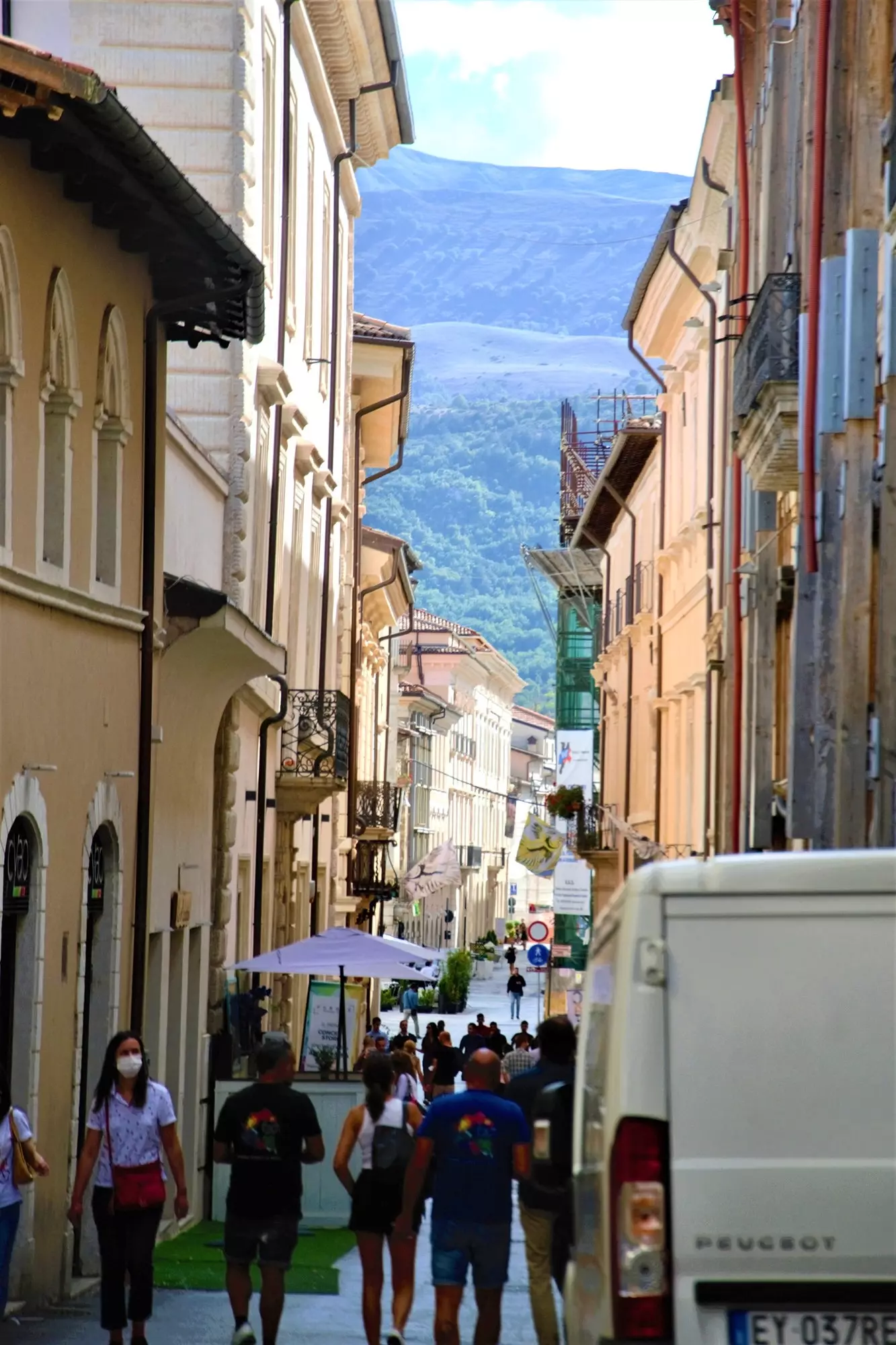
Street of L'Aquila with views of the Gran Sasso.
PAPAL CITY
By car from Rome, L'Aquila is approximately two hours away. In addition to his medieval nostalgia, the inheritance of Renaissance and Baroque noble families or the seismic scars , contains chapters having to do with the Papacy. Because Los Abruzzo was always a zone of contention between the Spanish and the Papal States. Italy is poorly sewn, yes.
The gothic basilica of Collemaggio , located outside the walled belt, was the first holy door in history, the only one to open every year. There Celestine V was crowned Pope in what It is to this day the only one outside the Vatican territory.
L'Aquila, from start to finish. Specifically founded in 1254 by Corrado IV of Sweden (Holy Roman Empire), had numerous falls and reconstructions . It allied itself with the Papacy, passed through the hands of Charles I of Anjou... It had tragic earthquakes, devastating wars, moments of economic boom with the sale of wool and saffron, but also stratospheric falls when the Spanish sucked his blood with the collection of taxes.
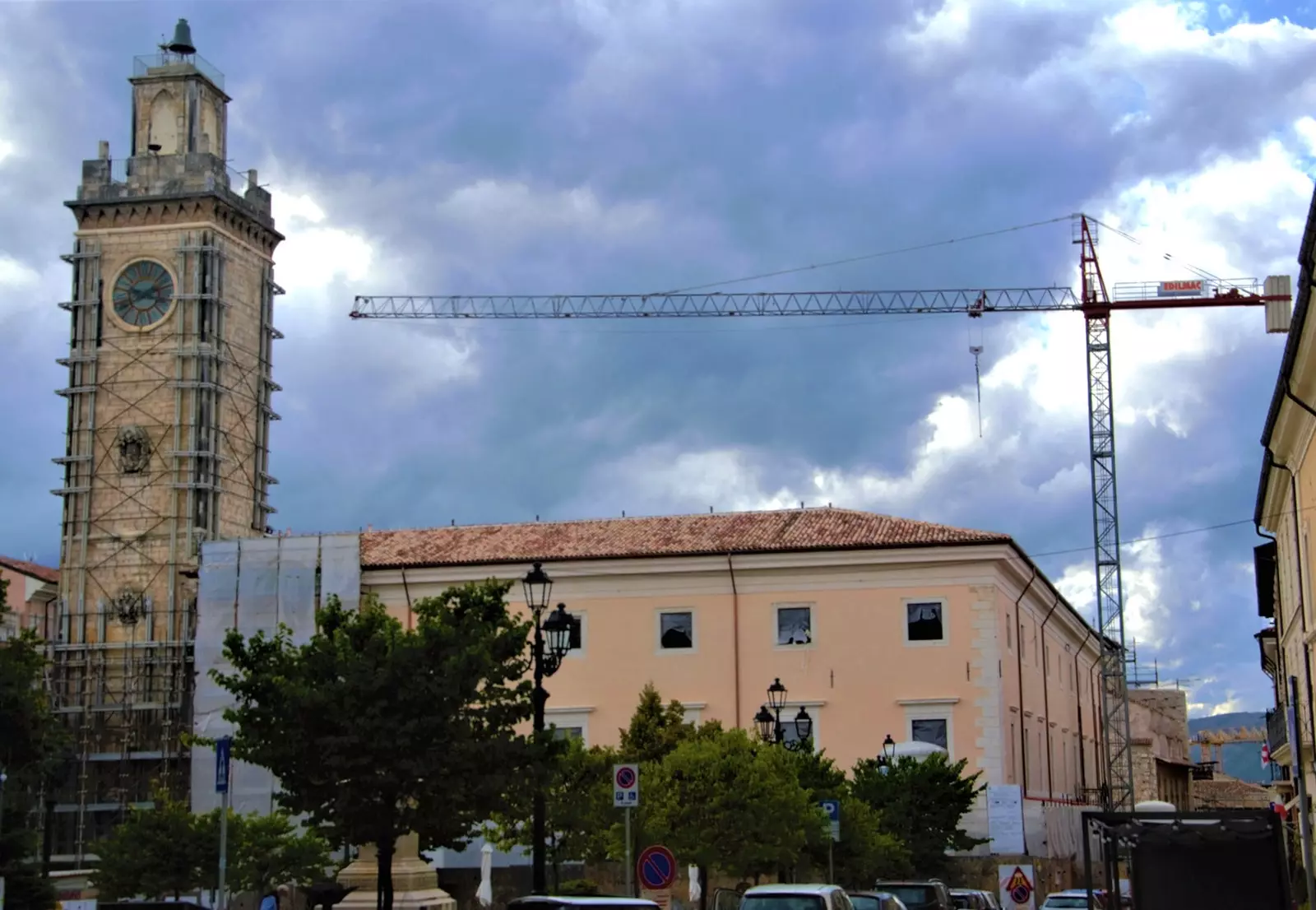
L'Aquila recovers at its own pace.
Today the auditorium made by Renzo Piano (financed by Trento) and the brand new subsidiary of the contemporary museum MAXXII (with headquarters in Rome) are two of the main green shoots of a city woven –although only in some areas– with shock absorbers precisely to absorb the future blow and, therefore, reduce the risk. Don't avoid it but learn to live with it.
Because L'Aquila, as they sarcastically say in the city, It is not cured with medications prescribed by a doctor but on its own, always using home remedies. Hence his delay, but also his strength, his magic.
Once again, L'Aquila asks for the time to live. With its rhythms, with its times.
